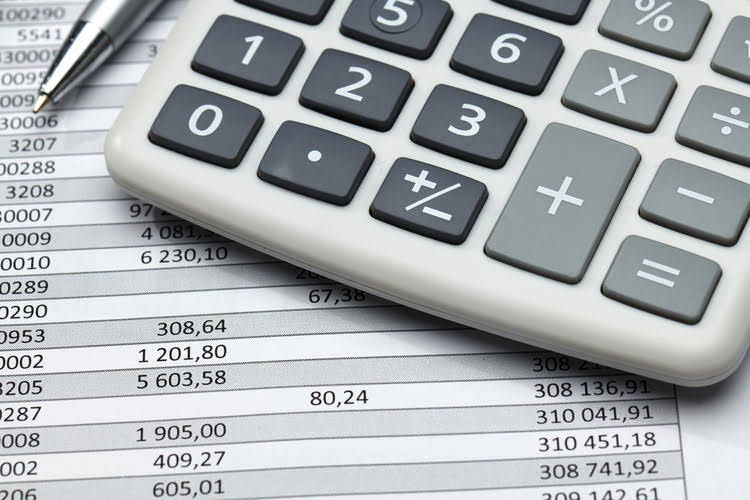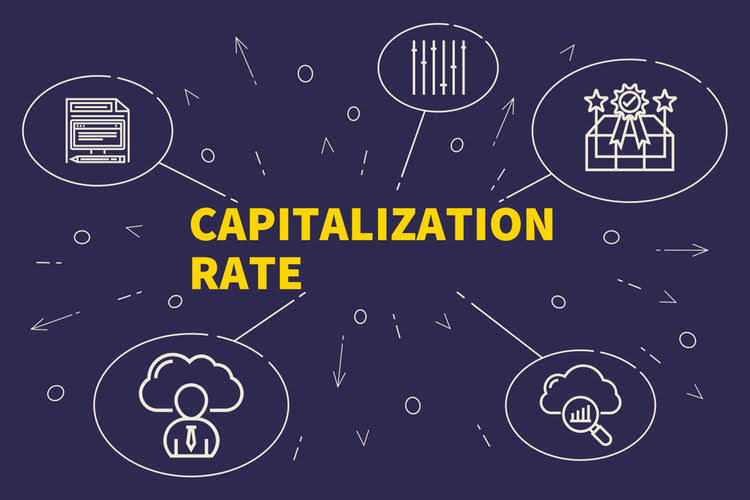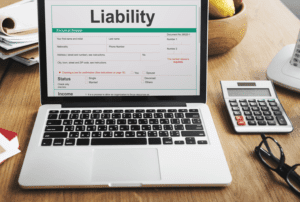
For example, let’s assume that in December you bill a client for $1000 worth of service. They then pay you in January or February – after the previous accounting period has finished. Adjusting Entries reflect the difference between the income earned on Accrual Basis and that earned on cash basis. This enables us to arrive at the true result of business activities for a given period (e.G., Whether we made profits or suffered losses).

Adjusting Entries (Explanation Part

This account is a non-operating or “other” expense for the cost of borrowed money or other credit. Usually financial statements refer to the balance sheet, income statement, statement of cash flows, statement of retained earnings, and statement of stockholders’ equity. Want to learn more about recording transactions as debit and credit entries for your small business accounting? Now that we know the different types of adjusting entries, let’s check out how they are recorded into the accounting books. When https://www.bookstime.com/articles/remote-bookkeeping your business makes an expense that will benefit more than one accounting period, such as paying insurance in advance for the year, this expense is recognized as a prepaid expense.
Identify types of adjusting entries
Income Tax Expense increases (debit) and Income Tax Payableincreases (credit) for $9,000. The following are the adjustments in accounting examples updated ledgerbalances after posting the adjusting entry. Interest Expense increases (debit) and Interest Payableincreases (credit) for $300. Journal entries are recorded when an activity or event occursthat triggers the entry. Recall that an original source can be a formal documentsubstantiating a transaction, such as an invoice, purchase order,cancelled check, or employee time sheet.
Examples for Adjusting Entries

He does the accountinghimself and uses an accrual basis for accounting. At the end of hisfirst month, he reviews his records and realizes there are a fewinaccuracies on this unadjusted trial balance. This principle only applies to the accrual basis of accounting, however. If your business uses the cash basis method, there’s no need for adjusting entries. In this chapter, you will learn the different types of adjusting entries and how to prepare them.
Why are adjusting entries necessary?

The content on this website is provided “as is;” no representations are made that the content is error-free. Cloud-based accounting solutions provide additional benefits, such as remote access to financial data, real-time updates, and seamless integration with other business systems. In Record and Post the Common Types of Adjusting Entries, weexplore some of these adjustments specifically for our companyPrinting Plus, and show how these entries affect our general ledger(T-accounts). At the end of the year after analyzing the unearned feesaccount, 40% of the unearned fees have been earned.
- To calculate the accumulated depreciation expense, the company employs the straight-line method.
- However, there is a need to formulate accounting transactions based on the accrual accounting convention.
- Adjusting entries can be categorized into several types, each serving a specific purpose in the accounting process.
- Accrued expenses and accrued revenues – Many times companies will incur expenses but won’t have to pay for them until the next month.
- Businesses often overlook expenses that have been incurred but not yet paid, such as utilities or wages.
Such transactions are usually entered in https://x.com/BooksTimeInc a module of the accounting software that is specifically designed for it, and which generates an accounting entry on behalf of the user. Adjusting entries can be categorized into several types, each serving a specific purpose in the accounting process. These categories include accruals, deferrals, depreciation, and amortization. Each entry has one income statement account and onebalance sheet account, and cash does not appear in either of theadjusting entries.
What Are the Types of Adjusting Journal Entries?

In all the examples in this article, we shall assume that the adjusting entries are made at the end of each month. In this article, we shall first discuss the purpose of adjusting entries and then explain the method of their preparation with the help of some examples. Subledger journal adjustments enable easieraudit and reconciliation because you can store transaction informationdirectly with journal adjustments. You can enter and complete subledgerjournal adjustment entries from the user interface or upload usinga spreadsheet. Implement our API within your platform to provide your clients with accounting services. Save more by mixing and matching the bookkeeping, tax, and consultation services you need.